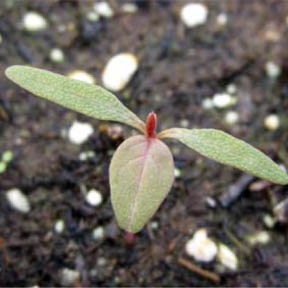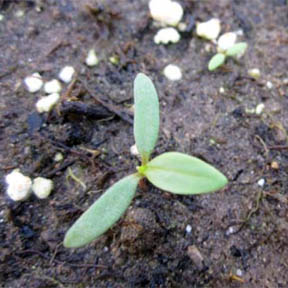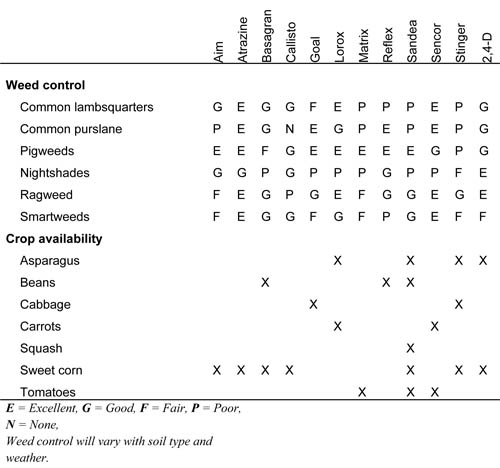Early-identification and postemergence management of broadleaf weeds in vegetables
Tips on identifying summer annual broadleaf weeds at an early stage and the postemergence management options vegetable growers can use to control them.
As temperatures rise and preemergence herbicides wear off, or fail, vegetable growers are faced with a wave of warm-season broadleaf weeds that can be difficult to manage. This brief article reviews some tips for identification of similar looking summer annual broadleaf weeds at an early stage, and provides a summary of some of the postemergence management options available to vegetable growers.
Seedling identification
Knowing which weeds are present at an early stage is a first step in deciding what to do about them. Since management is most effective when weeds are small, it can be helpful to identify problem species at the first true-leaf stage or earlier. Broadleaf weeds that are problematic in vegetable crops and that are often confused include common lambsquarters, pigweed species (redroot pigweed and Powell amaranth), smartweeds, purslane and nightshades. Although they look similar at early stages, each is from a different plant family and each responds differently to management. Several of these species have very similar cotyledons, but can be distinguished by subtleties in appearance of both cotyledons and first true-leaves (see images).


Left, Common Lambsquarters. Right, Redroot Pigweed.

Ladysthumb.
Common lambsquarters (top left), redroot pigweed (top right) and ladysthumb (smartweed family) (bottom) have very similar “lanceolate”-shaped cotyledons. Pigweeds can be distinguished from the others by the more distinct mid-vein on the cotyledon, while smartweed cotyledons often form a v-shape. Also note that the first true leaves of common lambsquarters emerge together, while those of the other two species emerge one at a time.
A website with excellent pictures of weed seedlings of Michigan can be found at Common Weed Seedlings of Michigan. Another helpful resource is the Virginia Tech Weed ID site, which provides photos at multiple growth stages as well as keys for distinguishing different species.
Postemergence management of broadleaf weeds
Detailed herbicide recommendations for Michigan vegetable crops are provided in MSU Extension Bulletin E-433, Weed Control Guide for Vegetable Crops. Several of the most common postemergence herbicide options for broadleaf weeds in vegetable crops and their control of key broadleaf species are summarized in Table 1.
Table 1. Effectiveness of some common postemergence herbicides on selected broadleaf weeds

Adapted from MSU Extension Bulletin E-433.
For many vegetable crops, only two or three of these products are registered (see lower part of Table 1), so choices are limited. However, in some cases, early knowledge of which weeds are present can be useful in deciding which herbicide to use and whether other methods of weed management will be required. For example, a bean grower’s decision of which postemergence herbicide to use might depend on whether the field was dominated by pigweeds (Sandea or Reflex best choices) or lambsquarters (Basagran best choice). For a cabbage grower with a field dominated by smartweeds, neither Goaltender nor Stinger would be very helpful, and cultivation might be the only viable option for avoiding yield loss.
The work of Dr. Brainard and Dr. Zandstra is funded in part by MSU’s AgBioResearch.



 Print
Print Email
Email


